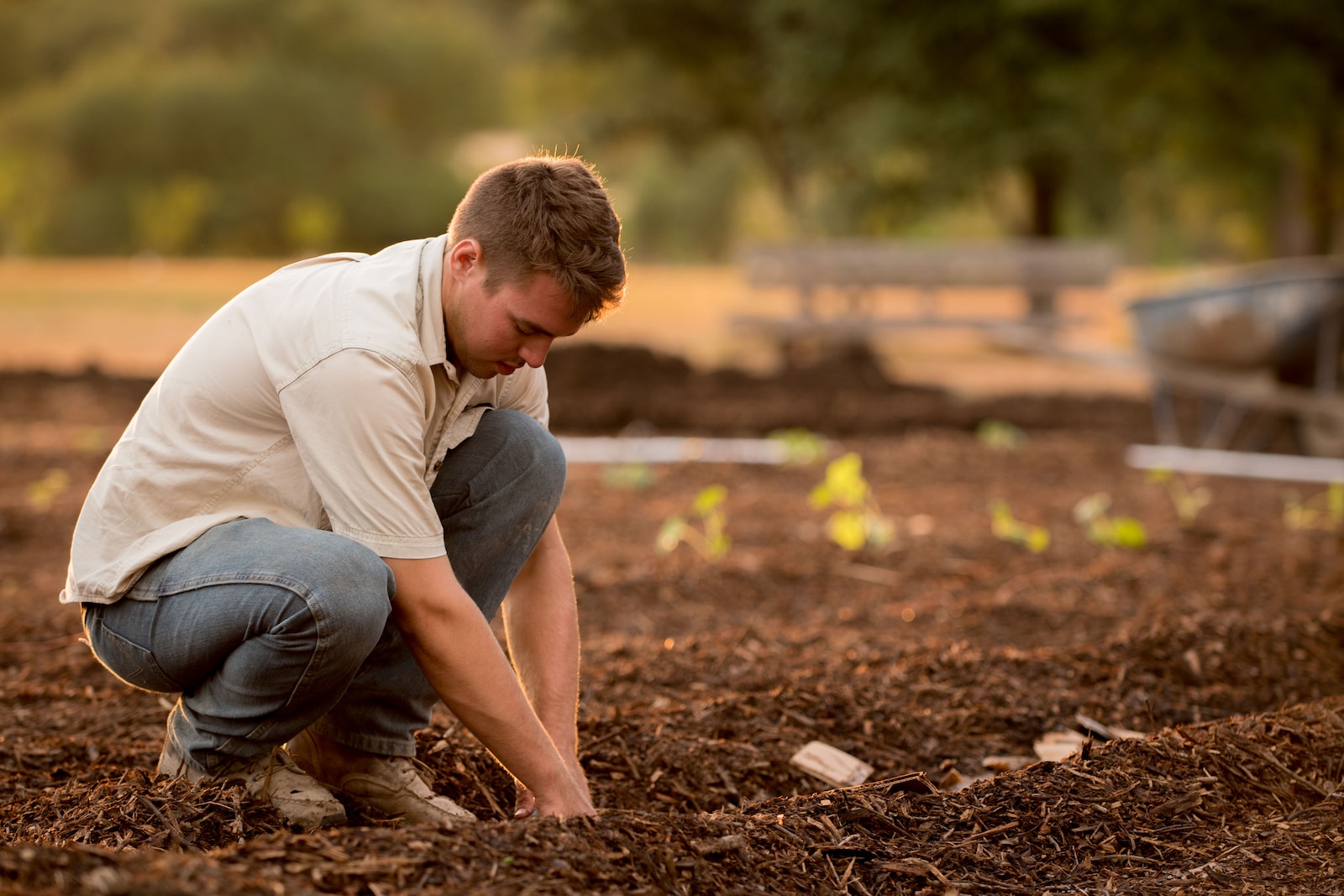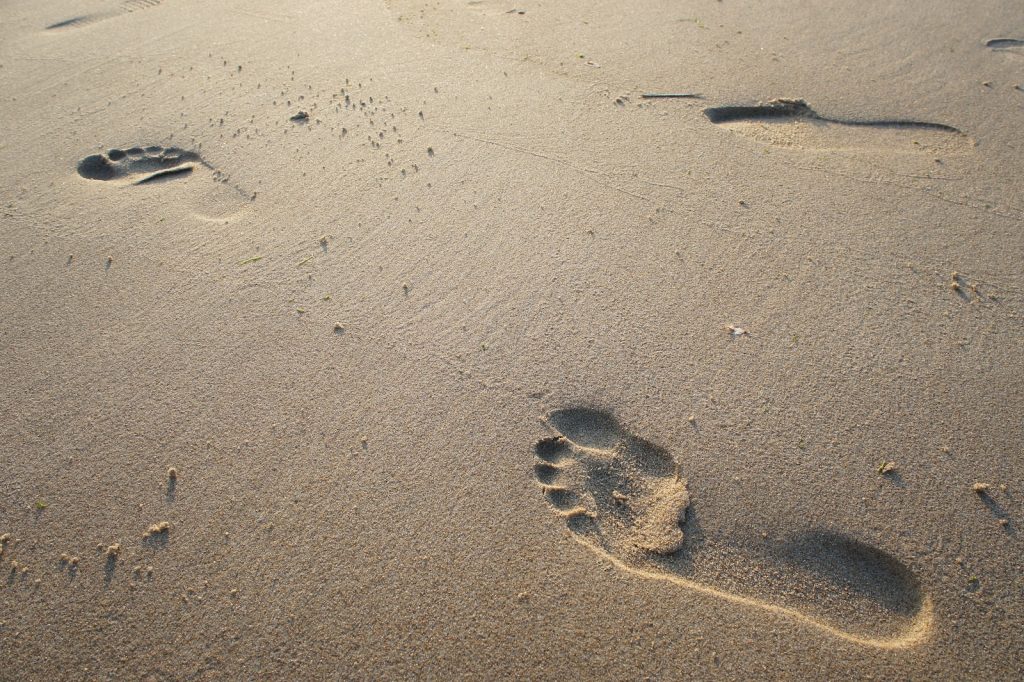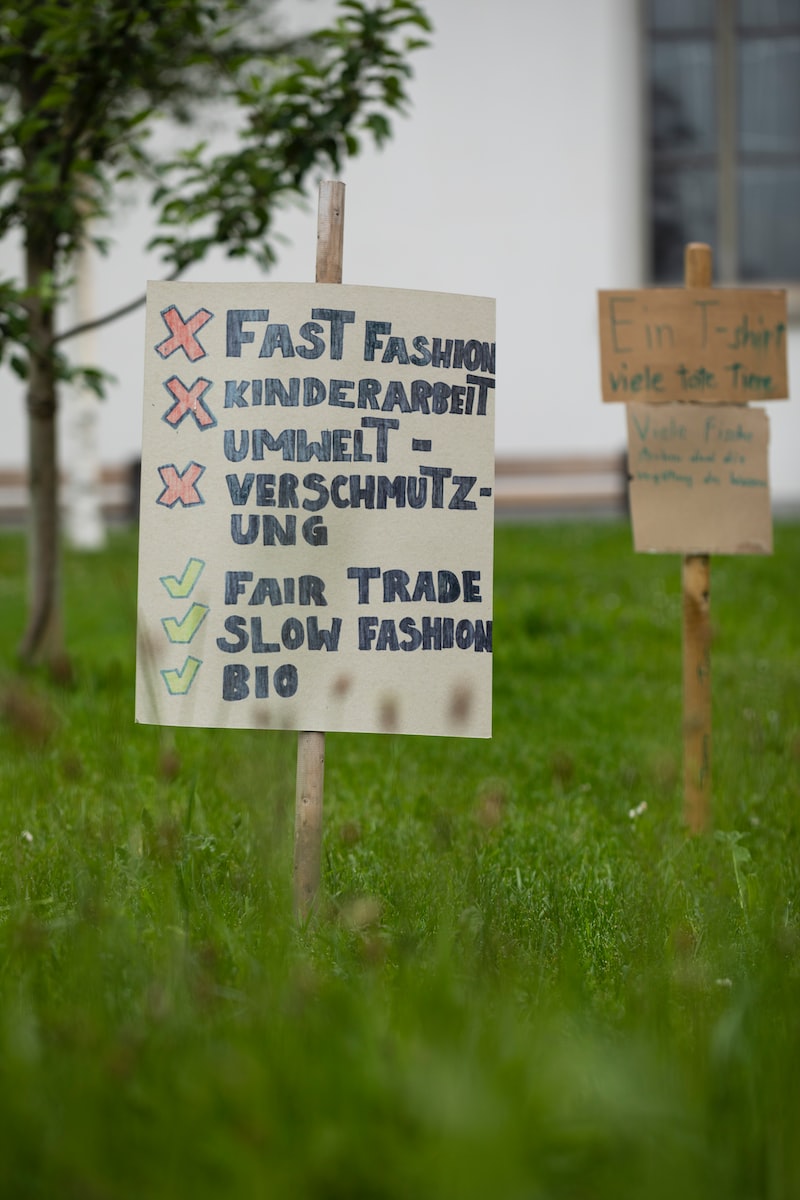As human beings, we all have a responsibility to take care of the planet we call home. If we don’t do our part as humans, we will only keep destroying the only planet we can call home. There are many ways we can contribute to saving our planet every day. The best way we can do our part is by reducing our carbon footprint. So let’s explore 5 of the most important tips to reduce your carbon footprint.
Wait, what’s our carbon footprint?
A carbon footprint is a trail you leave behind every time you use energy. We use energy in different cases such as turning on the fans and air conditioning and driving our cars. When we do this, we produce carbon dioxide, and we all know what carbon dioxide does to our planet. It traps heat and makes Earth warmer.
Every time we use energy, we produce carbon dioxide. The more energy you use, the more carbon dioxide you produce. Our carbon footprint is the total amount of greenhouse gases (including carbon dioxide and methane) that are generated by our actions. This why we try to use energy wisely, turn off lights when we leave a room, walk or bike instead of using a car when we can, and recycle to reduce the amount of trash that produces carbon dioxide when it decomposes.
By being mindful of our energy use, we can help protect the planet for the future. Do you know how to reduce your carbon footprint? Here are five out-of-the-box tips that are easy to implement:
Plant a tree
We’ve all planted a tree at one point in our lives. Most of us never watched it grow to fruition, but we tried the best we could. Now more than ever, we should be planting trees. It is a very powerful way to make a significant impact in reducing your carbon footprint. Not only do trees absorb carbon dioxide, but they also provide shade, reduce energy consumption, and improve the overall health of the environment. By planting a tree, you’re not only making a positive impact on the environment, but you’re also beautifying your community and providing a home for wildlife. Think about planting trees the next time you’re trying to reduce your carbon footprint. It is a small act that can have a big impact.

Hang clothes on a clothesline to dry
Using a clothesline is hard. You have to go outside, spread your clothes on the clothesline, and hope that a bird won’t poop on it, we understand. Due to their high energy consumption, traditional dryer use considerably contributes to environmental degradation. By utilizing a clothesline rather than a dryer, you can conserve energy, reduce your carbon footprint and save money. A practical and simple approach that has been employed for generations is the use of clotheslines. They have many advantages, including organically reviving clothing, lessening wear and tear on clothing, and lowering the possibility of shrinking or stretching. Generally speaking, moving to a clothesline is a simple and efficient way to lessen your carbon footprint while simultaneously taking advantage of the various advantages it offers. Thus, the following time you wash laundry, think about hanging your items to dry on a clothesline.

Install a smart thermostat
Reducing your carbon footprint is not just about making changes to your lifestyle; it’s also about making simple but impactful changes to your home. One of the most effective ways to reduce your energy consumption and carbon footprint is by installing a smart thermostat. A smart thermostat can automatically adjust the temperature in your home based on your schedule and preferences, ensuring that you’re only using energy when you need it.
Whenever possible, eat locally-grown foods
By purchasing locally grown produce, you are assisting local farmers while also reducing the need for long-distance transportation, which contributes to greenhouse gas emissions. The freshness and nutrition of local produce make them a healthier choice. Eating locally and in season is not only more environmentally friendly, but it also helps your local economy and strengthens your relationship with food. So, the next time you go shopping, choose locally grown and in-season produce to help reduce your carbon footprint and support your local community.

Photo by Shelley Pauls
Switch to Second-Hand
By changing your shopping habits, you can reduce your carbon footprint in a simple yet effective way. Instead of buying brand-new products, consider second-hand or refurbished. What’s great about this is that, in the past couple of years, buying used products has become more popular then ever, and with that popularity, some cool tech solutions came to life whose main purpose is to make buying used products hassle-free.
From search engines to apps and browser extensions, online second-hand shopping has never been more accessible. Take Faircado as an example. By downloading Faircado’s browser extension, every time you shop online, the extension will pop up in the corner of your browser with the best second-hand deals for you. This eliminates the need for new products to be manufactured and shipped to you, which significantly reduces your carbon footprint. By choosing to shop second-hand with you can reduce your impact on the environment and support a more sustainable future.
Conclusion
In essence, we must take action to limit our carbon footprint and do our share in conserving the Earth for future generations. The five original suggestions covered in this article are easy and doable strategies that can help you have a positive environmental impact. We can drastically lower our carbon emissions and contribute to a more sustainable future by planting a tree, using a clothesline, installing a smart thermostat, eating locally farmed food, and switching to second-hand whenever possible. It’s crucial to keep in mind that every action we take, no matter how small, has the potential to have an impact. By working together, we can build a better world for ourselves and future generations. Let’s all do our part to lessen our carbon impact by making thoughtful decisions.
For more tips and tricks on how to live a more sustainable lifestyle, check out our magazine.











